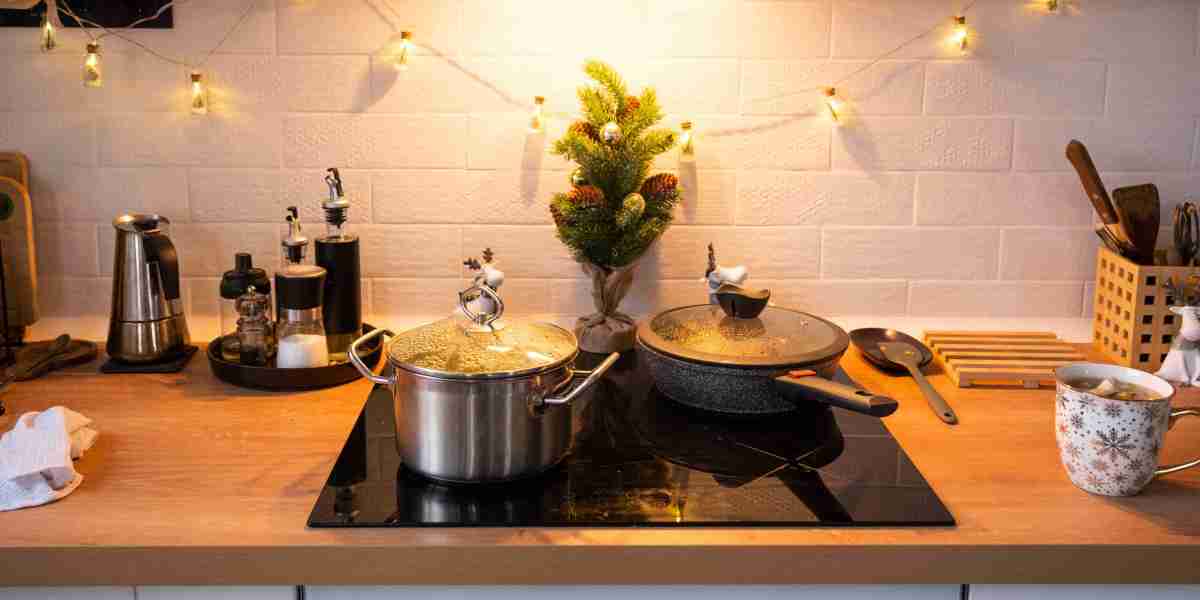
Fitted Ovens and Hobs: An In-Depth Guide to Modern Cooking Appliances
Fitted ovens and hobs have become a staple in contemporary kitchens, integrating performance, visual appeals, and innovative innovation. These kitchen appliances are designed to effortlessly integrate into kitchen surfaces, supplying the culinary enthusiast with the tools required for efficient meal preparation while preserving a sleek and orderly look. In this short article, we will explore the different kinds of fitted ovens and hobs, their advantages, aspects to think about when selecting them, and answers to often asked concerns.
Understanding Fitted Ovens and Hobs
Fitted ovens and hobs are appliances specifically developed to be built into kitchen cabinets or counter tops for a seamless look. They can vary substantially in style, size, performance, and features, which accommodate varied cooking needs and kitchen designs.
Kinds Of Fitted Ovens
- Built-in Ovens: These ovens are set up straight into a wall or kitchen unit and come in different configurations and sizes.
- Double Ovens: A Cookology FOD60SS 60cm Built-In Electric Oven variation that consists of two different oven compartments, permitting for numerous dishes to be cooked at varying temperatures concurrently.
- Mix Ovens: These versatile appliances integrate standard baking with microwave technology.
- Steam Ovens: Ovens that utilize steam for cooking, retaining wetness in food while improving flavors and nutrients.
- Upgrade Your Kitchen: WILLOW WOF60DSS Single Oven Ovens: A basic oven unit that is the most typical type utilized in homes.
Types of Hobs
- Gas Hobs: These utilize burner for cooking, providing instant heat and accurate temperature control.
- Electric Hobs: Powered by electrical power, these hobs frequently feature smooth surfaces that make them simple to tidy.
- Induction Hobs: Utilizing electromagnetic energy, induction hobs heat cookware straight instead of the hob surface area, making them energy efficient and a safe option.
- Mixed Hobs: These provide both gas and electric choices, supplying versatility for cooking styles.
Benefits of Fitted Ovens and Hobs
Fitted ovens and hobs use various advantages that boost the cooking experience:
- Space Efficiency: Designed to fit into cabinets, fitted appliances use up less area compared to standalone models, creating a structured kitchen layout.
- Visual appeals: Fitted models typically create a more cohesive and visually attractive kitchen design.
- Modification: Homeowners can select from a range of designs, surfaces, and includes to match their kitchen decoration and cooking needs.
- Improved Functionality: Many modern fitted ovens and hobs boast sophisticated innovation, such as wise controls, self-cleaning features, and accurate temperature level settings, which simplify cooking.
- Security Features: Many hobs, particularly induction designs, have safety functions such as vehicle shut-off and child locks, promoting a safer cooking environment.
Elements to Consider When Choosing Fitted Ovens and Hobs
When choosing fitted appliances for a kitchen, a number of factors need to be considered to make sure the ideal choice:
- Cooking Style: Different appliances deal with different cooking habits. Home cooks need to examine their typical meal preparation techniques to discover ideal appliances.
- Space and Layout: Measure the available space in the kitchen to make sure that the picked appliances fit neatly without preventing movement.
- Energy Efficiency: Choose appliances with energy-efficient scores to lower utility expenses and ecological impact.
- Innovation and Features: Consider the desired features, such as smart innovation, self-cleaning modes, or specific cooking functions like steam or convection cooking.
- Spending plan: Determine a budget before making selections to guarantee that the picked designs align with monetary preparation.
Table: Comparison of Different Types of Ovens and Hobs
| Device Type | Pros | Cons |
|---|---|---|
| Built-in Ovens | Space-saving, personalized design | Setup cost can be high |
| Double Ovens | Prepare numerous meals at various temperatures | Takes up more space |
| Steam Ovens | Healthy cooking, retains nutrients | Normally greater cost |
| Gas Hobs | Quick heat control, preferred by chefs | Requires a gas line installation |
| Induction Hobs | Quick cooking, energy-efficient, safe | Needs suitable pots and pans |
| electric integrated oven Hobs | Easy to clean up, stable cooking temperatures | Heating times can be slower |
Frequently Asked Questions (FAQs)
1. What is the difference in between a built-in oven and a freestanding oven?
A built-in oven is best integrated ovens into kitchen cabinetry for a seamless look, while a freestanding oven stands alone and is frequently more noticeable and accessible.
2. Are induction hobs safe to utilize?
Yes, induction hobs are thought about safe as they just produce heat when compatible cookware is put on them, decreasing the threat of burns.
3. Can I set up a fitted oven myself?
While some individuals may select to set up fitted ovens themselves, it is usually advised to hire a professional to make sure correct setup and adherence to security requirements.
4. What size of oven is ideal for a little kitchen?
In little cooking areas, consider compact or single built-in ovens that fit within the available area without jeopardizing on cooking performance.
5. Do fitted ovens and hobs require special maintenance?
Fitted appliances require standard upkeep, such as cleaning and routine checks. However, specific upkeep jobs depend upon the kind of oven or hob.
In conclusion, fitted ovens and hobs represent the embodiment of modern-day kitchen design and performance. By understanding their types, advantages, and considerations, customers can make educated options that enhance their cooking experiences while fitting effortlessly into their home. Whether producing gourmet meals or preparing family suppers, fitted bulit-in ovens [view it] and hobs are important tools in any cooking space.







